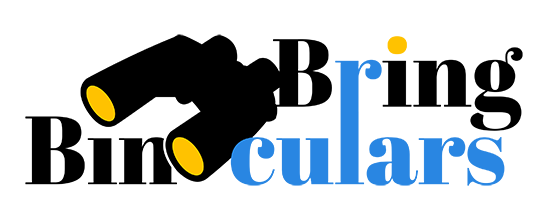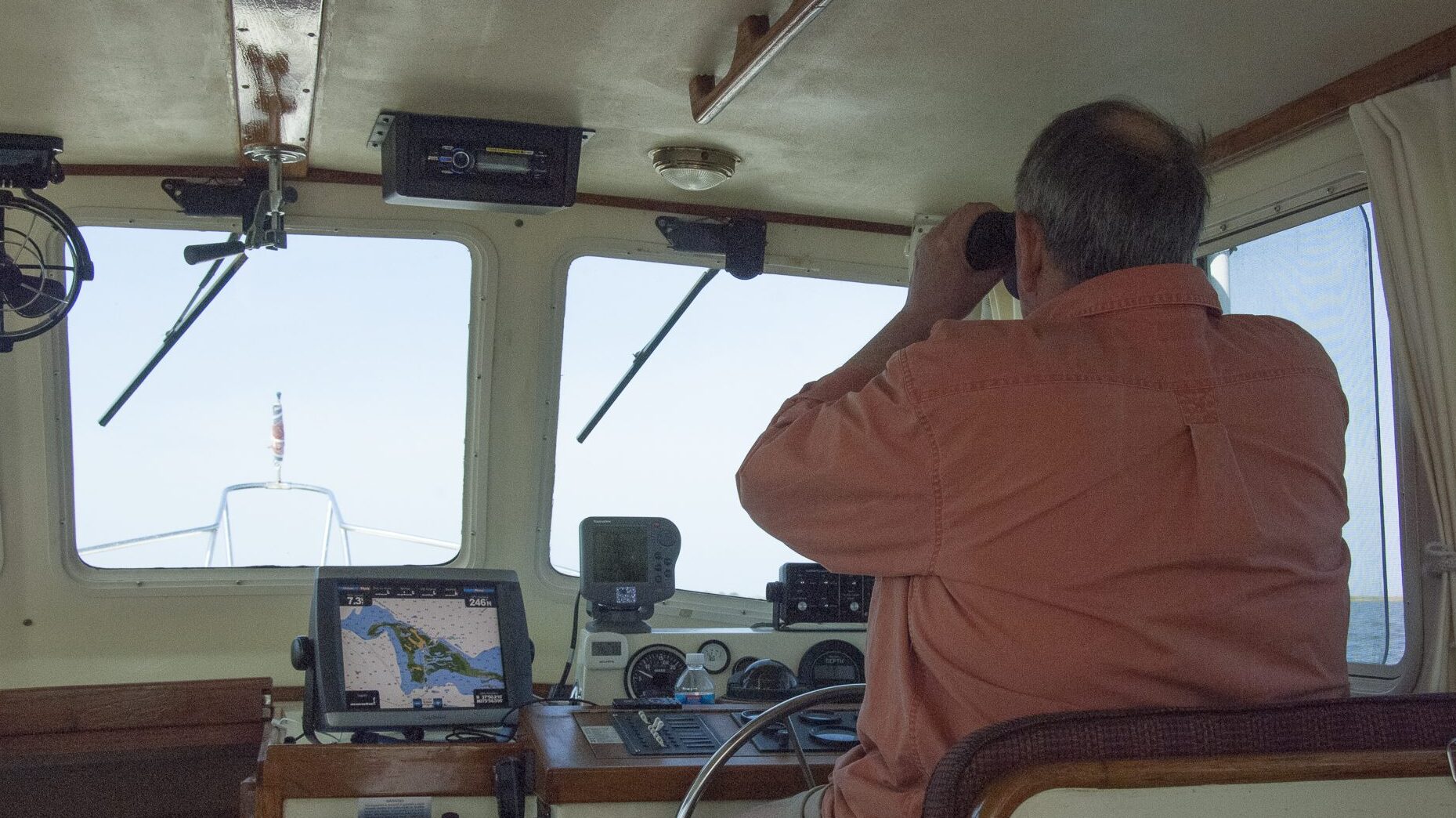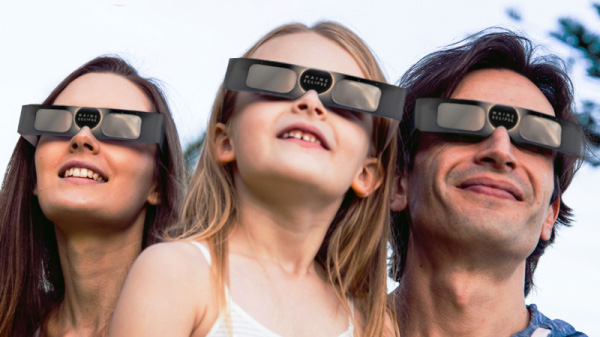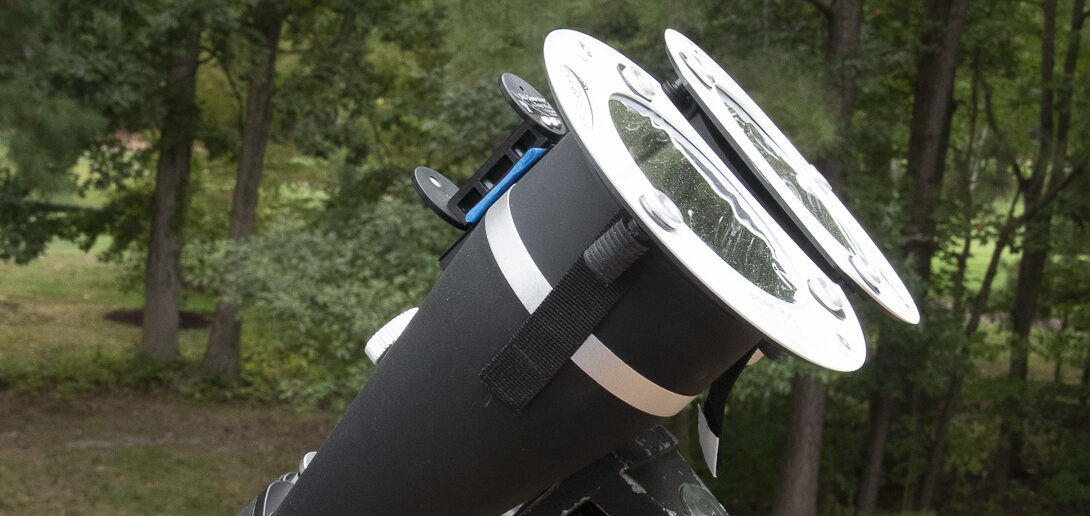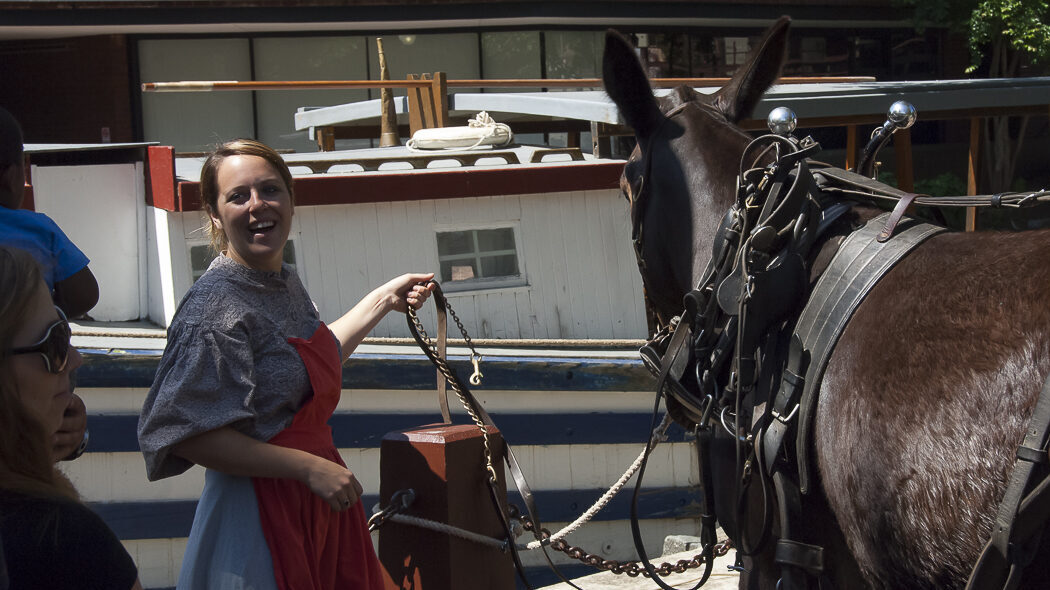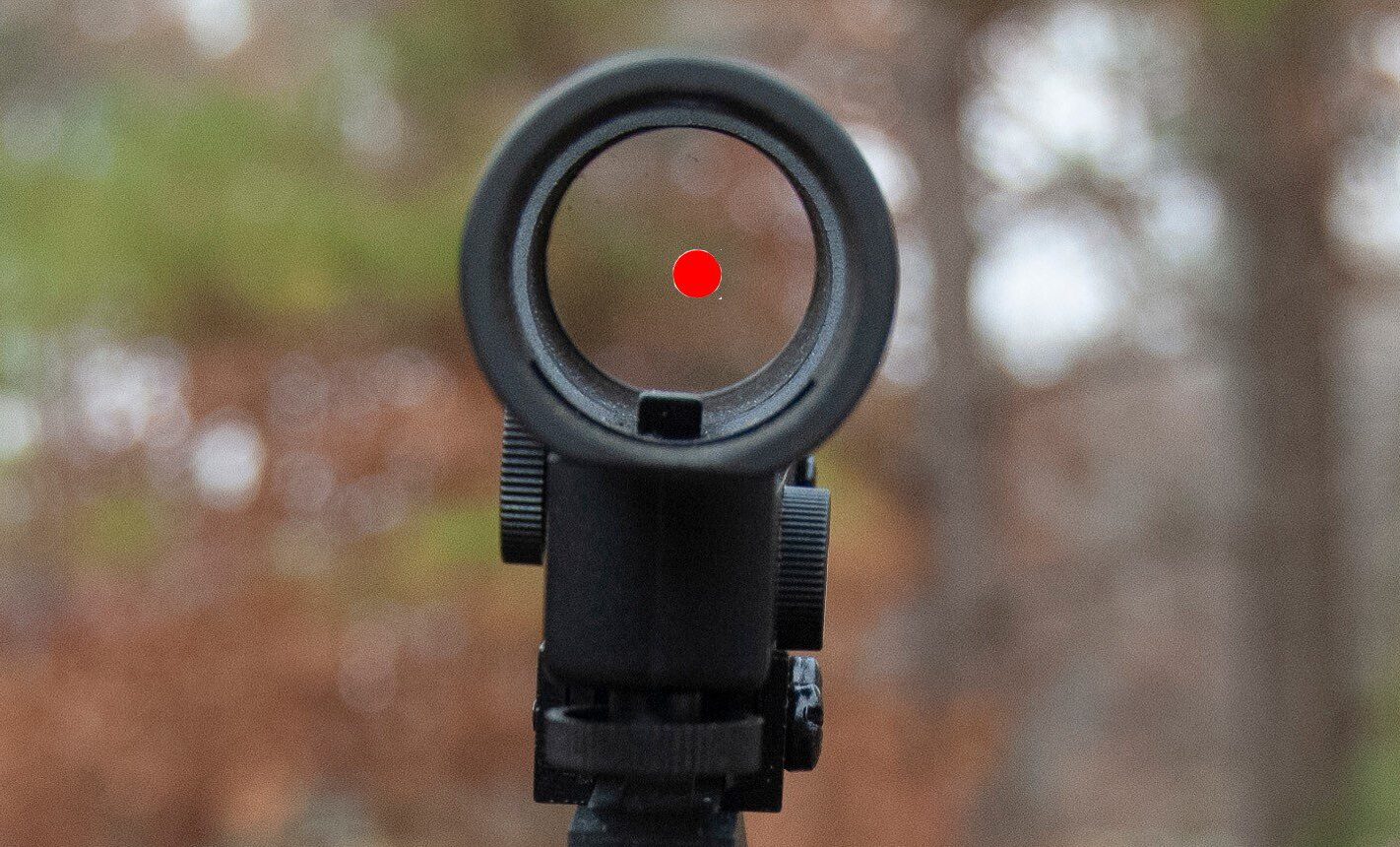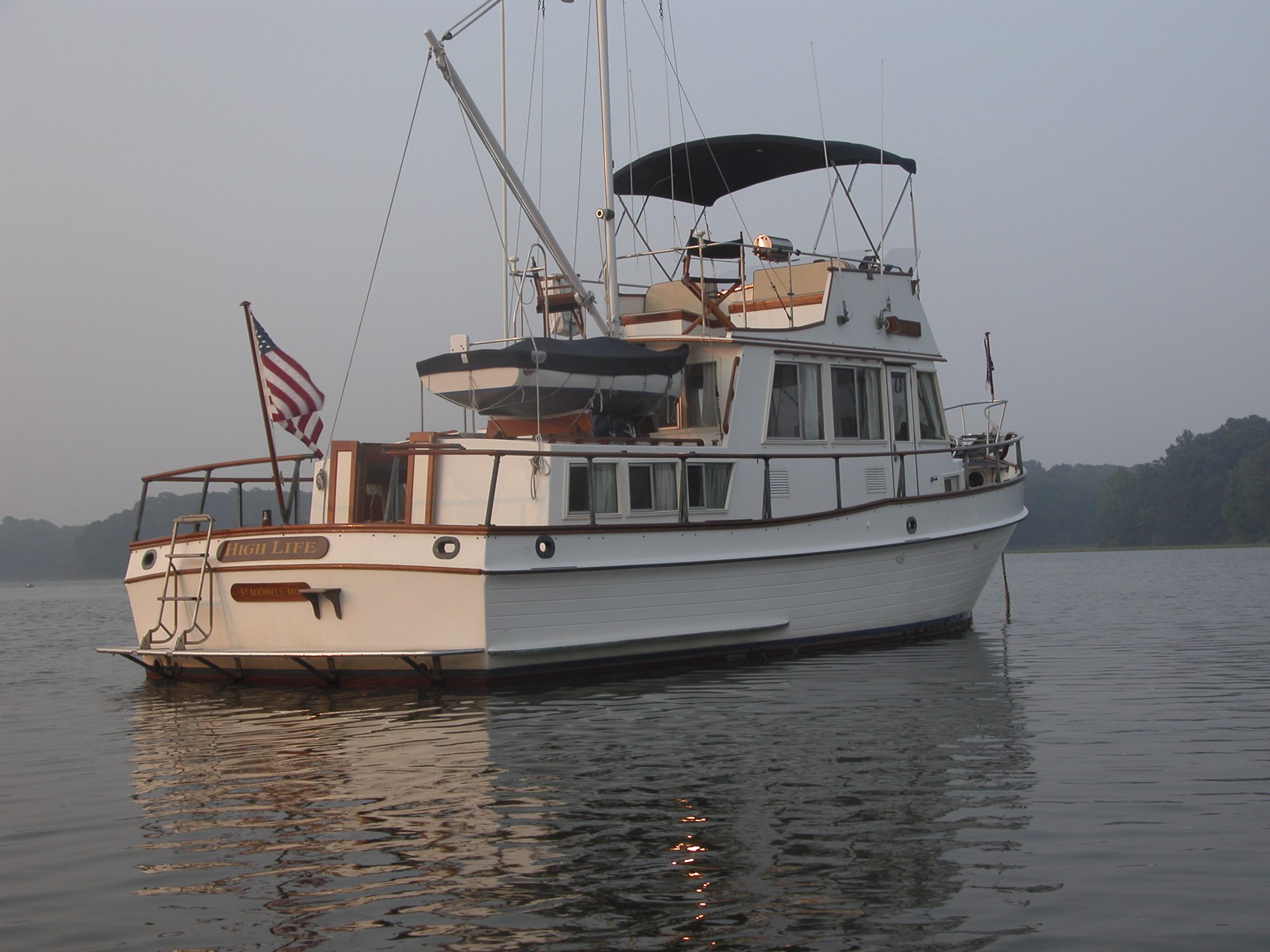We’ve been boating with binoculars for many years and we always carry our own binoculars. We don’t share one pair because it’s difficult to remove them and a nuisance to have to readjust the eyepieces. Gene’s binoculars are 7X50s and mine are 8X42s. Both works well whether operating the boat, looking for a navigation mark or watching the scenery go by. I have compact binoculars, too, that I use when we’re docking. They’re lightweight and comfortably hang around my neck and don’t interfere with throwing or catching a dock line. Here’s our advice about choosing binoculars with useful features for boating.
Features to consider for marine binoculars
When you’re looking at binoculars you’ll notice there are two distinct styles. The Porro prism style has widely spaced lenses which gives you a larger field of view and depth of field. The Roof prism design has two parallel barrels making them more streamline in appearance. Gene has the traditional Porro prism design and mine are Roof prism and we like what we have.

The most popular size binoculars for boaters are 7X50s. They offer a clear image, with enough magnification to be held steady on a moving, pitching boat. We prefer binoculars that are lightweight so they’re easy to hold, fog proof and waterproof (not just weatherproof).
The eyepieces of some binoculars have a center focus knob that adjusts to compensate the difference between your eyes. The eyepieces of other binoculars operate as two adjustable separate units. Consider the distance between your eye and the eyepiece and the eye cup. If you wear eyeglasses, choose a style with eye cups that are collapsible for the best viewing.
More features to consider
Look at the lens coating, fully coated is best. Don’t consider binoculars that have only one surface of the lens coated. Also choose binoculars that have a rubber polycarbonate body coating for a sure grip. This armor protects the binocular from bumps and thumps often felt on a pitching boat.
The lens coating reduces reflections while increasing contrast of what you see through the field glasses. The coating also increases the transmission of light.
Nice to have and more expensive
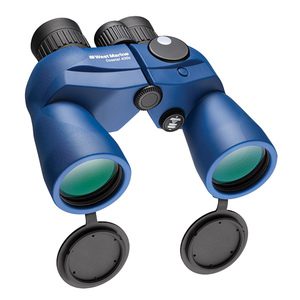
West Marine has this advice about binoculars with a built-in compass: “Another feature of some marine binoculars, is a built-in compass. The compass provides an image that displays the magnetic bearing of what you are looking at through the binoculars. Some binoculars have a battery powered light that illuminates the compass for night use.
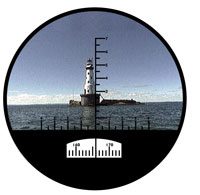
With the compass bearing of two landmarks you can go to your nautical chart and plot your position.” Here’s more advice from West Marine about marine binoculars.
We considered a binocular with stabilization because I have balance issues. The thinking was stabilized field glasses would be ideal for the moving often rolling conditions on a boat. At a retailer I held a pair leaning against a wall and took in the expanse of the space, but I didn’t feel any more stable. Admittedly this wasn’t a real test but I came away unimpressed with the difference.
Shop before you buy
Before buying binoculars get your hands on as many types and power of binoculars. This is not always easy unless you live near a major sporting goods store or photography retailer where you’ll find a good selection of different types of binoculars and price points.
Speaking of cost, there’s an amazing difference in how much binoculars cost – from under $100 to well over $1,000. Depending on your budget and research, consider this may be your first and not last pair of binoculars and invest accordingly. If you like thrift shops consider looking for a used pair as a trial to get your hands on binocs and see what you like and don’t like about them. For a small investment you’ll learn a lot. Of course, if you can borrow binoculars that’s an even better way to experiment. But be careful using them.
Many uses for binoculars on a boat
Avoid shallow waters because no one wants to go aground. If you boat in areas with tides and shifting currents, it’s important to keep track of navigational markers. Often add-on markers like a “42B” are placed near a marker “42” to redirect boaters away from a shallow spot. Binoculars make it possible to see and identify exactly which side of a marker to use to avoid shallow water.
- Boaters who use locks know the importance of following the lock approach rules. Binoculars let you stay the required distance away from the lock gates and see the approach lights. It’s Green to enter the lock or Red to wait before approaching the lock.
- In busy and narrow waterways, you often want to pass another boat. If you call a boat on the VHF radio you will probably get a response if you use their name. Binoculars help read the name on the stern or side of a boat.
- When you visit a large marina and get a dock assignment as a first-time visitor it can be difficult to know where to go. A dock attendant will tell you to go to Pier 3 Slip 52 but without more precise directions you may end up going down the wrong fairway. Use binoculars to your advantage and search the pilings and end posts to find signage about where to go. I always like a dock attendant who says “Look for me I’m wearing a red shirt and will be there to catch your line.”
- Seeing who’s aboard a nearby boat. Call it curiosity, not being a peeping Tom. It’s fun to watch the antics of boaters and their pets. We remember laughing about a sailboat we saw at anchor. A woman was in the cockpit with a slide off the stern for their large retriever to slide into the dinghy. We watched as she persuaded the reluctant dog onto the slide while her partner waited in a dinghy at the end of the slide to take the dog ashore. The retriever made it down the slide but missed the dinghy and paddled away to shore where we watched the dinghy follow.
Safely stow binoculars
Where to store binoculars depends on the boat but it’s good idea to keep them so they are readily available, but out of harms way and not vulnerable to water and damage. Some boats have a small compartment near the helm where you can tuck binoculars (sunglasses and sunscreen). On a flybridge it’s tempting to lay them on a nearby surface, but they’re not safe from a rogue wave from a too fast, too close passing boat. The binoculars can hit the floor or worse, go overboard. We learned that lesson the hard way and suggest you stow binoculars where they’re accessible and safe from damage.
Gene and Katie Hamilton are veteran sail and power boaters and award winning boating writers. They are authors of Coastal Cruising Under Power and Practical Boating Skills. They are members of the Outdoor Writers Association of America.
Post Views: 4,365
|
